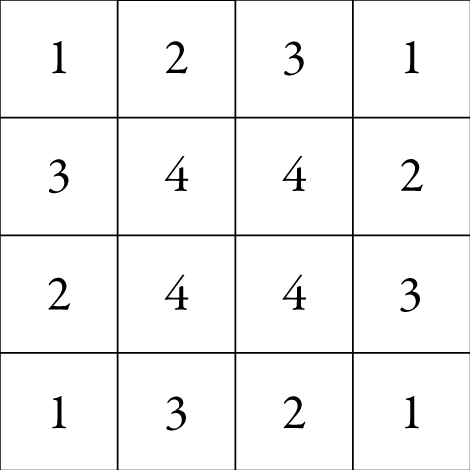Here is a 4 steps analogue exercise that i run sometimes with game design students and writing people. The idea is to write a non-linear story in a group of four people. I got the basic structure from Simon Løvind and Michael Valeur when i took a small course for them at Dramatiska Institutet in 2003.
What you need is basically 16 sheets of paper. A recommendation is to set the scenario together in advance. I usually ask for some ideas on genres, places, characters and some adjectives. If some element is to cliché one can combine it with an adjective. So before you start you should know:
- Where your story take place, for example a castle or garden or moon base
- Which genre or mood you aim for
- A perspecitve to write for example first person, present tense or third person past tense or whatever
- 3 characters. If you write in first person you must now who your protagonist is
If you are more than one group it is nice to brainstorm these properties together before you split in groups of four. Then the process goes as follows. Give the participants 4 sheets each. Ask them to start writing a scene from the story.

I usually give them 10 minutes, no more, and no talking during the writing session. When it finnished you ask them to write on another sheet. The tricky parts is that the second segment must be possible to read before or after the first one.

The third session the participants must get the first segment from their neighbor to the left. In this session they must write a segment that bridge the gap between their second and the neighbours first segment. Like this:

The fourth session is the most tricky one. You can give them 15 minutes and allow conversations within the group. The segment on the fourth sheet should be connected to their third as well as their neighbours second and two others fourth segments (written simultaneously). The result should look like this:

If everything has turned out well the non-linear story should be possible to read in any direction. If there are more than one group you can let them read their own one first and then go on to see what the others has produced. Here is just an example of how the story could be read:

You can chose wether to explain how the workshop will work on beforehand or reveal the stages step-by-step. I prefer the later because it’s more fun, put the “results” are better if you explain it all from start. Anyways, do not expect the outcome of this workshop to be perfect or usefull in any sense. It is designed to communicate the problems and dilemmas of writing interactive fiction, not to solve them.
Leave a Reply